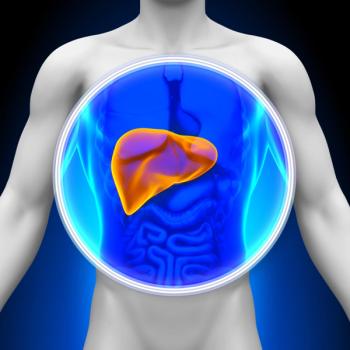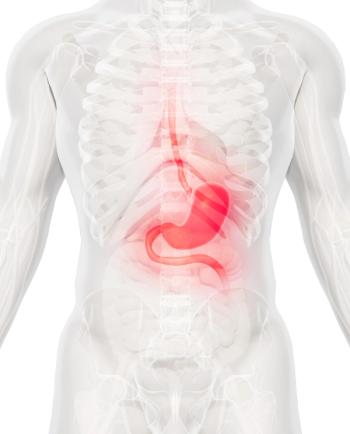
Racial Inequalities of Liver Cancer Mortality Increase After Introduction of Hepatitis C Drugs
Researchers found a steady increase in racial inequalities of the mortality rate from liver cancer from 1998-2016 after lifesaving drugs for hepatitis C virus were introduced.
Racial inequalities of the mortality rate from liver cancer in the United States steadily increased from 1998-2016 after the introduction of lifesaving drugs for the hepatitis C virus in 1998, according to a recent study published in EClinical Medicine.
The researchers from Florida Atlantic University's Schmidt College of Medicine and Baylor College of Medicine examined racial inequalities in the mortality rate from liver cancer before and after the introduction of these drugs, noting that the rate was declining from 1979-1998.
"We observed steady increases in racial inequalities in mortality from liver cancer after the licensure of lifesaving drugs for hepatitis C virus in the United States," senior author Charles H. Hennekens, MD, DrPH, said in a press release.
Of the 16,770 deaths from liver cancer among black patients, the excess relative to white patients increased from 27.8% to 45.4% during the period from 1998-2016. This trend was more prominent in men, and racial inequalities in the mortality rate decreased for major risk factors for liver cancer, including alcohol, obesity and diabetes.
The mortality rate among black patients increased 77.7%, from 9.4 per 100,000 in 1998 to 16.7 per 100,000 in 2016. For white patients, the mortality rate increased from 7.2 per 100,000 in 1998 to 10.3 per 100,000 in 2016, an increase of 43.1%.
More, the mortality rates among black patients aged 55 years or older increased by 1.7% per year from 1997 to 1997 and 4.7% per year from 2000 to 2016. On the other hand, the mortality rate for white patients of this age range from 1979 to 1990 increased by 3.5% per year and only 2% per year from 1990-2016.
"A major clinical and public health priority should be to decrease racial inequalities in mortality following the introduction of lifesaving drugs in the United States and worldwide," Hennekens said in a press release.
The researchers were sure to explain that, while this data is informative, its useful to formulate hypotheses but not to test them. Some of the potential hypotheses developed from this descriptive data are social side effects, including unequal accessibility, acceptability and/or utilization of health care.
More than 3 million people are impacted by liver cancer and about 17,000 new cases arise every year in the United States. Estimates suggest the hepatitis C virus, the leading cause of liver cancer, will be responsible for over 30,000 deaths this year. Liver cancer is the fifth leading cause of cancer deaths for men and seventh leading cause of cancer deaths for women. Overall, the mortality rate from liver cancer has more than doubled from 1980 to 2017.
Reference:
Racial inequalities in liver cancer deaths soared after launch of hepatitis C drugs [news release]. Florida Atlantic University. Published April 30, 2020.
Newsletter
Stay up to date on recent advances in the multidisciplinary approach to cancer.
































































































